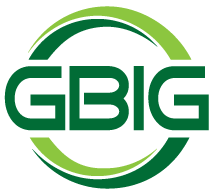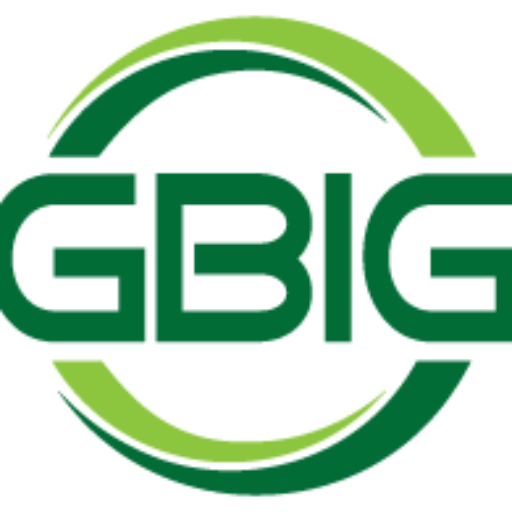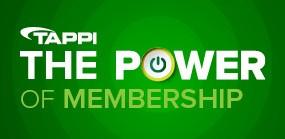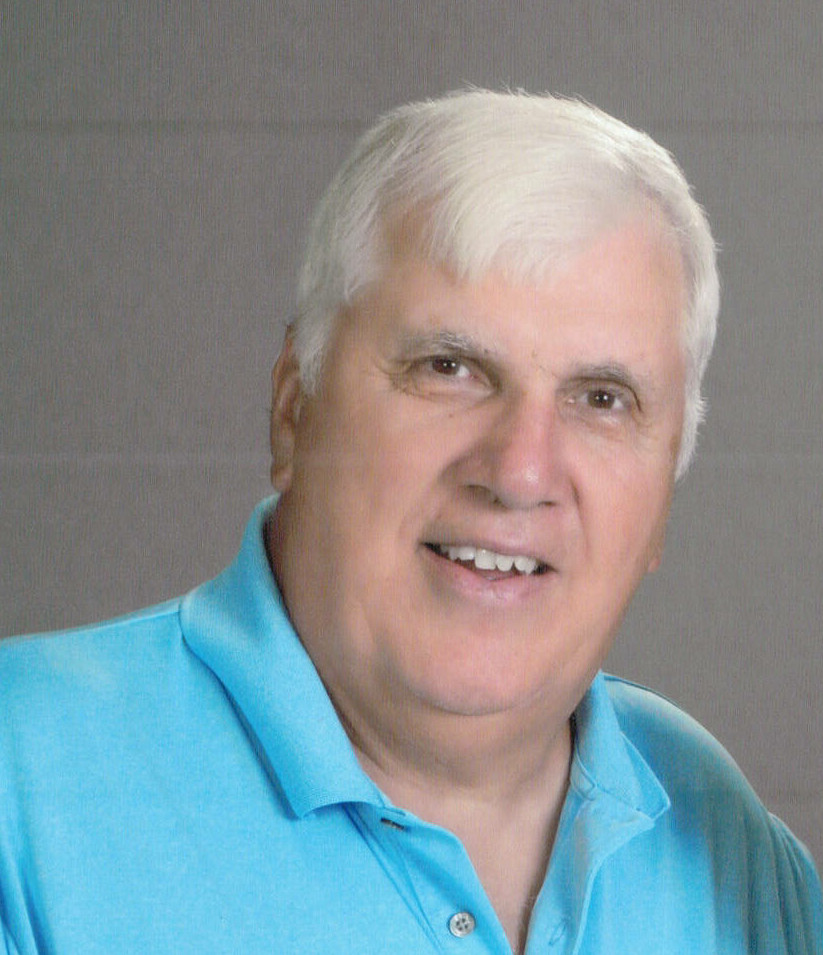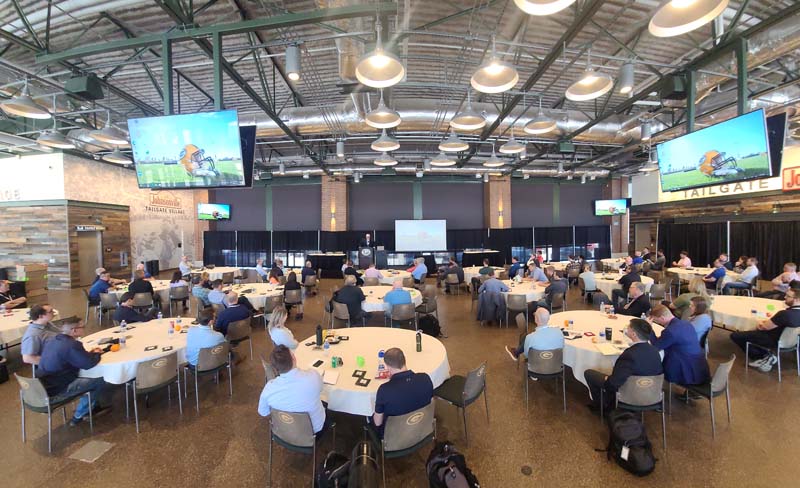Fighting Fires. Does that consume your team’s time?

As I touch the lives of leaders in numerous companies across multiple industries, one theme preventing progress seems to ring universally. I often hear phrases like this, “I am constantly fighting fires”, “I can’t get anything on my to do list done because I’m fighting fires all day!”, or “I can’t be expected to add another thing to my responsibilities, i.e. Strategic Actions, because of all the fires”. With all this firefighting expertise, many of us could get a side hustle as a volunteer firefighter at our local fire department.
In a previous position, I was President of a Microbiology business. After getting to know the organization, I led the team through Strategic Planning and charted the course for transformational improvements in performance. Early on, some leaders were struggling to execute actions they owned, and I heard statements like those above from members on the leadership team. It felt right for this culture, so I challenged the team to define a “fire”. I know it may sound a bit hokey, but it worked. We defined a “fire” simply as an issue that affected more than one department and the customer.
Over the course of the next year, we tracked the number of “fires” that met the definition during our Daily Management Gemba Meeting. I can’t ask you to guess the number of “fires” we had, so I’ll have to just tell you. Two. We had a grand total of two “fires”! When those “fires” occurred, all other “important” activities came to a screeching halt and the team responded masterfully in solving the problem and avoiding disaster.
Concurrent with tracking “fires”, I coached the team to be aware of time wasters that were EVERYWHERE pulling them off important tasks. As an example, the customer service team had a strategic initiative that was behind, and the “fire” excuse reared its ugly head again. Constant interruptions from other team members were the biggest issues. We addressed this by putting together a top 10 list of common questions they heard on a daily or weekly basis…along with the answer(s) to the question. This minor change reduced the traffic to their door and gave them back a slice of time.
Another common theme that many people experience is a team member just popping in to ask a question. Most people are wired to help, so we stop whatever we are doing and engage with them…taking time. This results in multiple starts and stops on tasks they are in the middle of.
I think we could all agree, there has got to be a better way. There isn’t a one size fits all answer to this question, but there are some small changes you can make in your daily processes and how you protect your time that can make a measurable difference. SPL coaches clients that it’s ok to ask someone to wait a minute so they can finish the task they are in the middle of. Or ask them if you can get back to them in thirty minutes. Both of these approaches allow you to remain focused and complete the task you’re on.
Another result producing approach is setting aside and scheduling uninterrupted blocks of time. These times should be focused on strategic responsibilities or other actions that are of high impact or importance. Uninterrupted time is one item I routinely include while developing LSW (Leader Standard Work) as a methodology to create discipline in executing routine required tasks as well as strategic ones. Challenge yourself to try a few of these approaches and let me know how you do!
In service,
Brian Van de Water
CEO
SPL Consulting, LLC.
vandewaterb@outlook.com
414-588-3008
